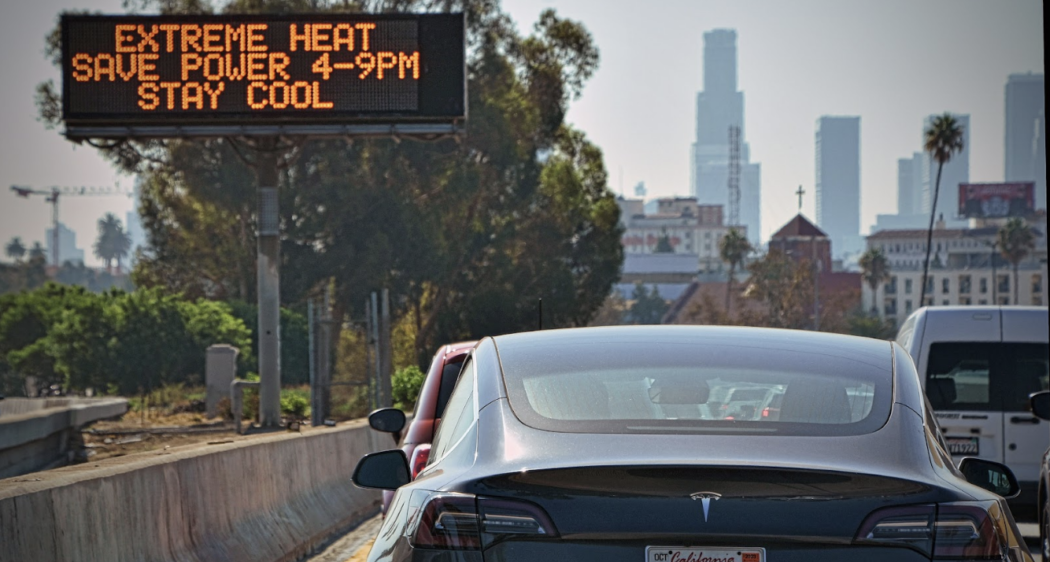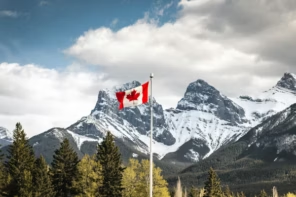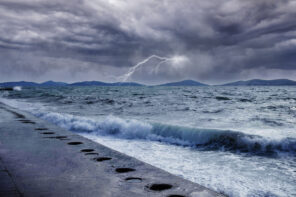Canada has long since been regarded as a winter wonderland around the globe, with fluffy snow attracting tourists who aren’t too afraid to face the cold. Every year, icicles hang off of withering trees, small dogs get stuck in piles of white fluff, and newcomers learn new Quebecois swear words as many unsuccessfully attempt to scrape off the crystalized snow stuck to their windshields. Many prospective McGill students are warned away from braving the trademarked Canadian snow, or at the very least told to build their endurance and get a good winter coat before moving up north.
Given Canada’s reputation for below-freezing temperatures, it was a shock to many students when Montréals’ first snowflakes fell over McGill’s downtown campus in the last days of November. The snow only lasted a few minutes, and the city’s first true snowfall hit almost a week later, decorating city streets the evening of December 5th.
Climate scientists, on the other hand, were not shocked at all. Data from McGill Meteorological Observatory, the oldest in Quebec, revealed that Montréal has lost a third of its annual snowfall since 1863. The city’s lack of snowfall signals a broader problem, something scientists have been anticipating for decades.
After 2023 came in as the warmest year yet and broke global records for atmospheric greenhouse gas levels, surface temperatures, and sea levels, 2024 could expect a similarly worsening climate. This January, 2024 was marked as the warmest year since global records began one hundred and seventy-five years ago. The frequency and strength of extreme weather events, like cyclones, hurricanes, droughts, and typhoons, caused detrimental effects around the globe. The annual heat absorbed by water near the surface of the ocean surpassed records set in 2023.
This past year has been a landmark for severe weather events in Canada, all of which Environment and Climate Change Canada found to be aggravated by human-caused climate change. Canadian insurance claims concerning severe weather totaled over 8 billion dollars, higher than ever before, but insurers aren’t the only ones affected. Wildfires across Canada caused 5.3 million hectares of forest to burn down, nearly triple the national yearly average. An intense thunderstorm overtook Jasper National Park in July, followed by raging wildfires. The fires took the life of a firefighter and over 30% of Jasper’s structures, including homes and historical buildings. Less than a month later, a hailstorm hit Calgary so severely it caused 3 billion dollars of insured losses in less than an hour. That’s not all; the rest of the country has been hit with severe deep freezes, hurricanes, summer flooding, and heat waves since the start of last year.
As the detriment of climate change unfolds before the eyes of anxious younger generations, the beginnings of the new year are not inspiring hope. Already, 29 people have lost their lives to the wildfires that have been surging across Los Angeles since January. Countless others have been forced to evacuate their neighborhoods, left to wonder whether they will have homes to come back to.
Due to the predictable increase in extreme weather events, insurers in the United States dropped thousands of home insurance policies in fire-prone areas just months before flames engulfed the city. Not only have citizens of California been forced from their homes, but they have now been left helpless, uncertain of whether they will be able to afford to rebuild.
Twenty-twenty-four has been a demoralizing year for those personally affected by atmospheric events and climate-concerned citizens. Despite the critical nature of the last few decades, there may still be hope for Canadians. Through the worsening effects of the climate crisis, the National Inventory Report shows that Canada has been successfully curbing emissions from pre-pandemic levels. To quote the report, “Cutting the pollution that is fuelling costly climate change while building a strong, sustainable Canadian economy to create jobs and invest in a competitive, decarbonizing world is the key to success in the 21st century.” The severity of the climate crisis continues to gain recognition as it worsens, and that recognition is leading to action, a sign of cautionary hope for Canadians.








